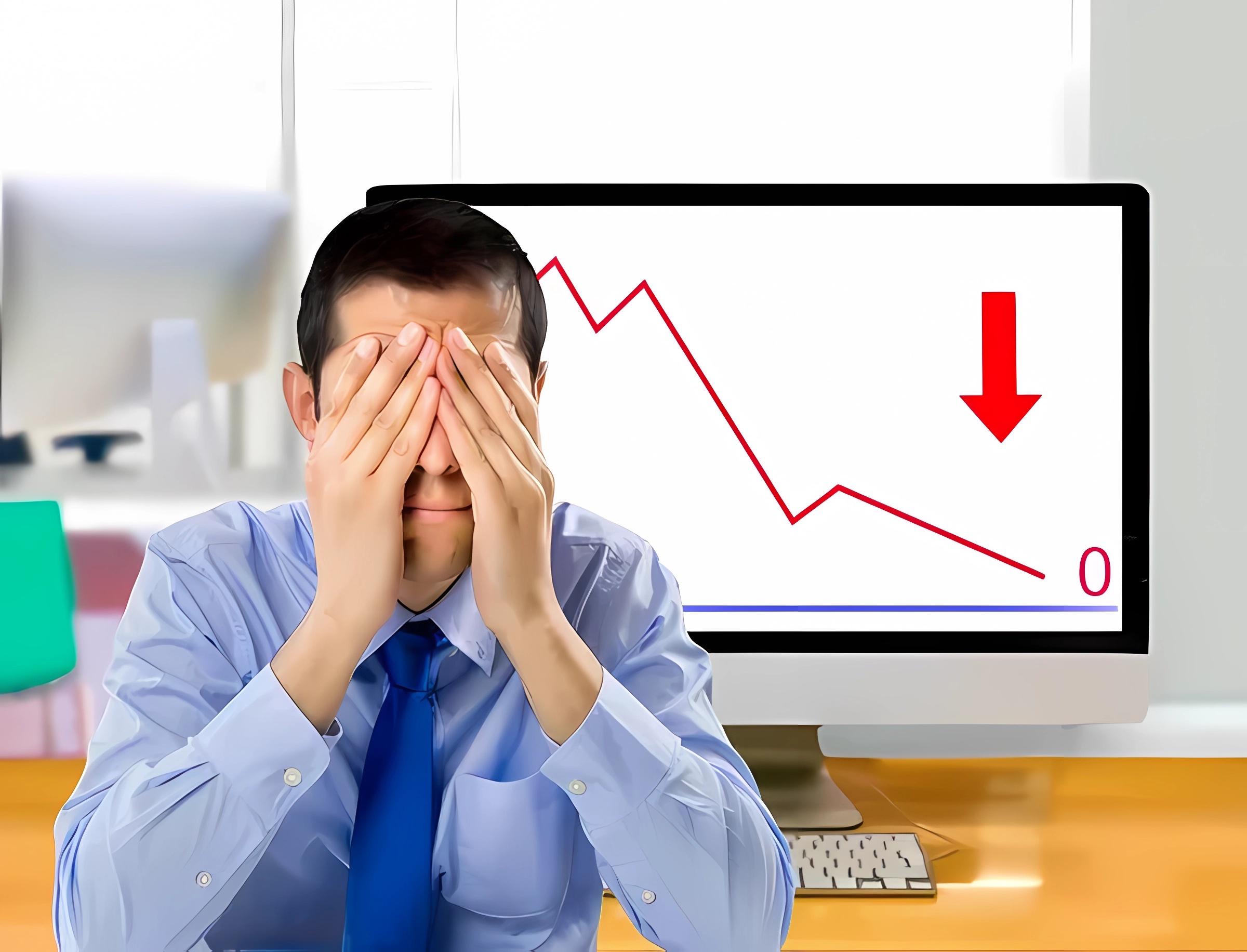In the thrill-a-minute world of Forex trading, the high stakes and rapid pace are not unlike the heart-pounding rush of venturing through extreme sports. Both spheres demand a heady mixture of courage, strategy, and an unwavering respect for risks. The lessons learned from scaling towering peaks or diving from dizzying heights have profound implications for those looking to navigate the volatile currents of currency markets. This article delves into the exhilarating intersection of risk management in Forex trading and the adrenaline-fueled domain of adventure sports, revealing insights that can elevate a trader’s approach from mere survival to triumphant success.
Embracing Uncertainty: Forex vs. Extreme Sports

In extreme sports, participants step out into the void, accepting the unpredictable as part of the thrill. Forex traders, much like these adventurers, operate in an environment where uncertainty is a given. The foreign exchange market is affected by countless variables – from geopolitical events to economic reports – that create a landscape as changeable as the weather patterns encountered by mountaineers.
- Both arenas require a resolute acceptance of unpredictability.
- Success often hinges on the ability to adapt to rapidly changing conditions.
- Emotional resilience is paramount; moments of turmoil are when calm heads prevail.
Therefore, the first lesson Forex traders can learn from adventure sports is to embrace uncertainty as a natural element of the playing field. Just as extreme athletes can’t control the mountain, traders can’t control the market. Instead, they must learn to navigate it with agility and forethought.
Navigating Risks: Insights from High-Altitudes

High-altitude climbers are well-versed in assessing the risks of every foothold and weather change. Similarly, Forex traders must discern the perils and promises of shifting market trends. Astute risk assessment and management are skills honed with experience and insight.
- Identify potential hazards early, just as climbers spot storms on the horizon.
- Allocate resources wisely; don’t overcommit to one position any more than a climber would rely on a single rope.
- Develop escape routes for when conditions turn against you; like climbers, traders need a solid plan B.
Risk management in this domain isn’t about avoiding risk altogether but about recognizing and mitigating it intelligently. It’s about knowing when to push forward and when to retreat. It’s a dance with danger that, if choreographed well, can result in a beautiful display of skill and savvy.
Preparing for the Plunge: A Trader’s Gear

Before adventure sport enthusiasts take their leap, they meticulously check their gear. In Forex trading, the “gear” encompasses the tools and resources traders use to analyze the market and execute trades.
- Dependable analytical software equates to the climber’s trusted carabiners.
- A secure and agile trading platform must be as reliable as a paraglider’s harness.
- Understanding of fundamental and technical analysis is like knowing the trail or the currents.
The point is clear: preparation is key. Without familiarization with their gear, neither traders nor extreme athletes can expect to perform optimally. It’s not just about having the tools; it’s about mastering them.
Harnessing Fear: The Trader’s Mindset

Fear can be a paralyzing force, but in both extreme sports and Forex trading, it’s vital to channel that fear into focus. A seasoned base-jumper uses their fear to maintain alertness and caution, similar to how a disciplined trader can use their worry about market volatility to stay sharp and conservative in their trades.
- Harness fear to enforce rigorous risk management practices.
- Let fear serve as a reminder to stick to your trading plan.
- Use the energy of fear to increase your focus and attention to detail.
A trader who masters their emotions becomes like an ice-climber who respects, but does not succumb to, the treacherous cliffs. Both understand that control over fear translates into better decision-making.
Calculated Risks: Lessons from Skydiving

Skydiving is as much about precision as it is about thrill-seeking. Skydivers meticulously plan their jumps, taking into account altitude, wind conditions, and backup systems. Forex traders, in turn, benefit from an approach predicated on calculation and preparation.
- Every trade, like every jump, should be based on meticulous planning.
- Assess conditions carefully; a skydiver wouldn’t jump into a storm, nor should a trader dive into a volatile market without preparation.
- Use stop-loss orders like a parachute; they may never be needed, but they’re essential for safety.
A skydiver does not control the wind, much like a trader can’t control market movements. Instead, they manage their risk through calculated decisions, ensuring that the thrills of victory have a solid foundation in strategy.
Comparison Table: Traders and Adventure Athletes
| Aspect | Forex Traders | Adventure Athletes |
|---|---|---|
| Environment | Unpredictable markets | Unpredictable conditions |
| Preparation | Analytical tools & strategies | Gear checks & strategies |
| Risk Taking | Calculated decisions | Planned maneuvers |
| Emotional Management | Control fear to minimize errors | Use fear for alertness |
| Decision Making | Based on real-time data | Based on real-time conditions |
| Aftermath Evaluation | Market analysis and reflection | Review of performance and tactics |
After the Adrenaline: Evaluating Forex Decisions

When the dust settles after a climb or the parachute lands after a dive, adrenaline subsides and reflection begins. Similarly, after executing trades, Forex traders must engage in a period of critical evaluation.
- Analyze the trades: What went right? What could have been done better?
- Like extreme athletes discussing the day’s run, traders can learn from every action taken.
- Keeping a journal of trades, akin to an adventurer’s logbook, can be very insightful.
The aftermath is a crucial time for growth. Without this introspection, neither trader nor athlete can expect to glean the full value from their experiences. Like a climber refining their technique or a diver perfecting their form, a trader must continuously hone their craft, incorporating the lessons learned into future endeavors for better, more confident decisions.
In conclusion, the exhilarating intersection where Forex trading meets extreme sports sheds light on the art of risk management in a high-stakes environment. Both activities demand that participants embrace uncertainty, navigate risks with precision, and harness fear to their advantage, embarking on every expedition with meticulous preparation. Through calculated risk-taking, both traders and athletes learn the importance of strategy and planning. After-action evaluation becomes an irreplaceable tool for growth and adaptation. By borrowing the mindset and techniques from the world of adventure sports, Forex traders can navigate the turbulent markets more adeptly and, ultimately, emerge victorious in the face of formidable challenges.

